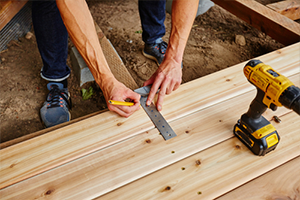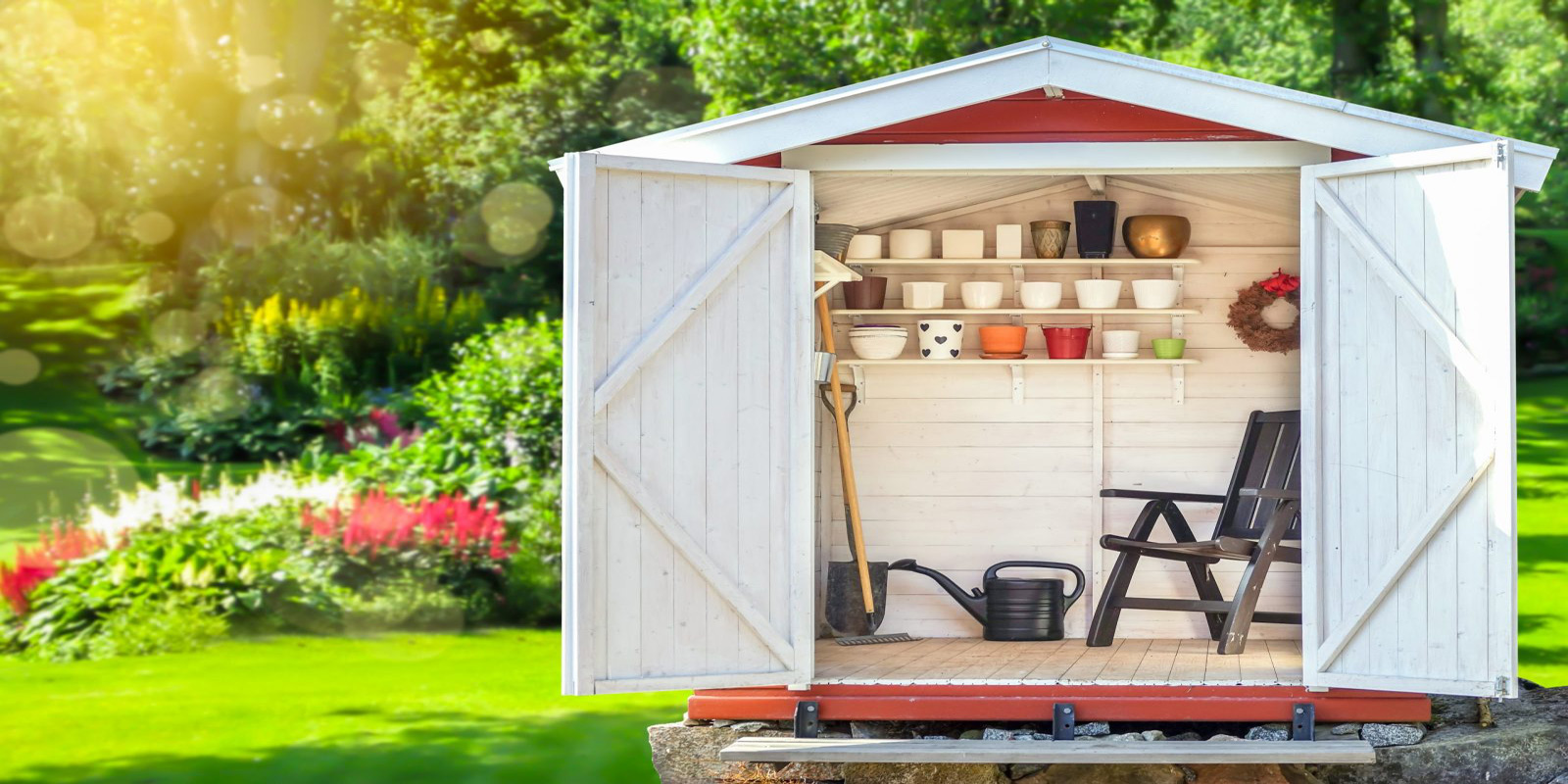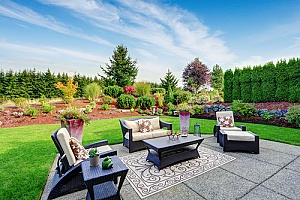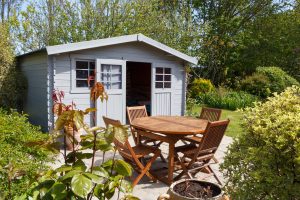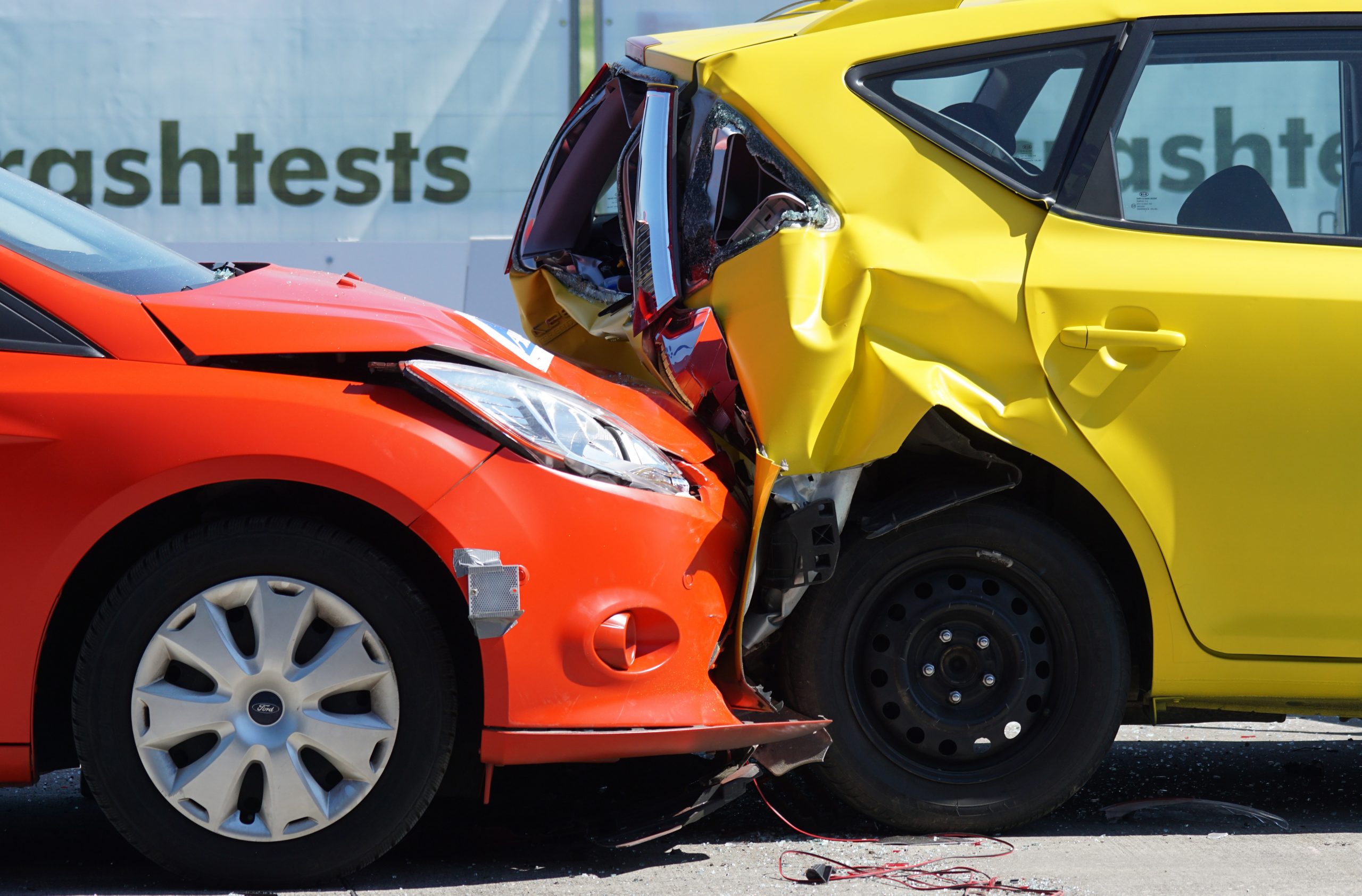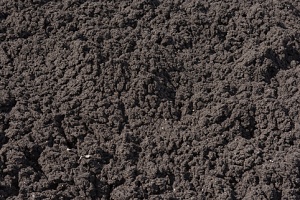 Did you know? Topsoil is the material that makes the top two to eight inches of the earth’s surface. Comprised of mineral particles, organic matter, water, and air, topsoil is ideal for improving the condition and appearance of your lawn and garden. In fact, quality topsoil makes a dramatic difference in how your plants derive their nutrients from the ground, and is extremely important to healthy plant life. Without it, the earth’s plant life would disappear. In this post, read more about the different types of topsoil and find out the best type you can use for your yard.
Did you know? Topsoil is the material that makes the top two to eight inches of the earth’s surface. Comprised of mineral particles, organic matter, water, and air, topsoil is ideal for improving the condition and appearance of your lawn and garden. In fact, quality topsoil makes a dramatic difference in how your plants derive their nutrients from the ground, and is extremely important to healthy plant life. Without it, the earth’s plant life would disappear. In this post, read more about the different types of topsoil and find out the best type you can use for your yard.
Types of Topsoil
Topsoil is available in unscreened and screened form.
Unscreened topsoil
Unscreened topsoil refers to topsoil that has not been subjected to the screening process to have larger particles filtered out of it. It tends to be much coarser than screened topsoil. However, its coarse consistency makes it useful for creating a subsoil base. You can create the garden structure with unscreened topsoil and place finer topsoil on top.
Unscreened topsoil should not be used to support plants. The inconsistent sized soil particles can inhibit root growth and stifle nutrient supplies. Unscreened topsoil is better used as a base for a garden bed or landscaping rather than serving as a source of nutrients for plants.
Be careful of unscreened topsoil that comes from a construction site. Whatever material was in the topsoil when it was excavated is not removed for the customer. It may have rocks, tree roots, clumps of clay, or other materials mixed in.
If the unscreened topsoil is not too coarse, you may be able to use it as a transition layer between the poor soil on your site and the screened topsoil that will be your top layer. Lay a three inch layer of unscreened topsoil on top of the poor soil. Once you lay the topsoil, you should rake or till it in to blend it with the poor soil. Making this transition layer will help stabilize the soil, improve drainage, and promote better plant growth.
Screened topsoil
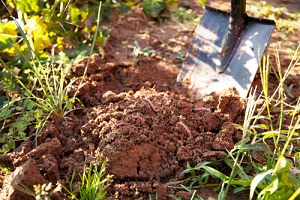 As its name indicates, screened topsoil has been screened to remove rocks, sticks, clumps, and other matter that is larger than the screen size. It is created by sifting the topsoil through screens with different sized meshes. You can choose how fine or coarse you want the topsoil to be. A common size, for instance, is 1/2 inch, but other sizes are available.
As its name indicates, screened topsoil has been screened to remove rocks, sticks, clumps, and other matter that is larger than the screen size. It is created by sifting the topsoil through screens with different sized meshes. You can choose how fine or coarse you want the topsoil to be. A common size, for instance, is 1/2 inch, but other sizes are available.
Screened topsoil is good to use for making a base for a flower or vegetable garden, filling lawn areas, or planting trees or shrubs. Screened topsoil is usually suggested for working in areas that will be filled to 1 inch or more. Screened topsoil can be laid on top of the unscreened layer. It can be mixed with compost, manure, or peat to enrich the soil even more.
Screening the topsoil results in soil with particles of a consistent size. With consistently sized particles, the topsoil can provide better water flow and distribution of essential nutrients to your garden.
Different types of screened topsoil are available. You need to make sure you buy the correct type of soil for landscape project, or you will be simply wasting your time and money. Here are the most common types of screened topsoil:
Loamy Topsoil – Loamy topsoil consists of clay, sand, and silt in roughly equal amounts. It is used for common gardening applications, such as grass, vegetables, and flower gardens.
Sandy Topsoil – As the name suggests, this type of topsoil has more sand than is found in loamy topsoil. Sandy topsoil is best for plants that need better drainage than loamy topsoil.
Clay Topsoil – Clay topsoil contains more clay than other types of topsoil. It is used for gardens located in dry areas with limited rainfall and frequent drought conditions.
How to Identify Topsoil Quality
When buying topsoil, you need to make sure you are getting the best quality for your money. You should go and look at the topsoil you are buying to make sure you are getting what you need. Here are some easy ways to tell if the topsoil you are buying is high quality or not:
Color – Often, topsoil that is very dark in color is rich and good for plants. However, if the soil is too dark, it is a sign that it may contain too much organic matter. Plants do best in soil that contains organic matter and inorganic material in the form of minerals. The minerals plants need include phosphorus, potassium, calcium, magnesium, among other trace minerals.
 Texture – Ideally, you want your topsoil to have a loose and crumbly texture. Rub a bit of soil it between your thumb and forefinger. You want to be able to feel some grit when you do that. The grit is good – it is the mineral portion of the topsoil. Be on the lookout for large clumps as this can indicate a problem.
Texture – Ideally, you want your topsoil to have a loose and crumbly texture. Rub a bit of soil it between your thumb and forefinger. You want to be able to feel some grit when you do that. The grit is good – it is the mineral portion of the topsoil. Be on the lookout for large clumps as this can indicate a problem.
Moisture – Good quality topsoil will contain some moisture. Pick up a handful and squeeze it. If you can form a ball that will stick in your hand, the clay content is likely too high. A clay-based topsoil is probably not what you are looking for.
pH Levels – Plants require specific pH levels in order to grow and thrive. Ask your dirt supplier what the pH level is for the topsoil. It should be between 5.5 and 7.5 for most plants to thrive.
Debris – The topsoil should be free of rocks, trash, plant roots, and similar foreign material.
Benefits of Using Screened Topsoil
Bringing in screened topsoil to revitalize your lawn or create a new garden will provide you with many benefits. Here are some of the best reasons to use topsoil:
- Consistent particle size allows nutrients and water to flow naturally through the soil for a healthier garden.
- Tilling it into the existing soil will help the plants’ roots grow deeply.
- Trees and other large plants are likely to grow taller and fuller.
- Fruit trees will produce more fruit.
My Premium Special Offers
For The New Standard of Excellence for DIY Chicken Coops!
Announcing: The World’s Largest Collection Of 16,000 Wood Plans
” How to Liven Up Your Home With Over
7250 Breathtaking Landscaping Designs WITHOUT Hiring Costly Professional Landscape Designers…
The Claim Buster eBook is written to help those who have been injured in a car accident, and those who weren’t injured but have a property damage claim with an insurance company.
Dirt Connections Receives Commissions For Successful Sales Transactions
Contact the Professionals at Dirt Connections for more information
Remember, quality topsoil makes all the difference! To ensure you get the best quality topsoil available, contact the experts at Dirt Connections for more information about Virginia topsoil, or to schedule a topsoil delivery.
